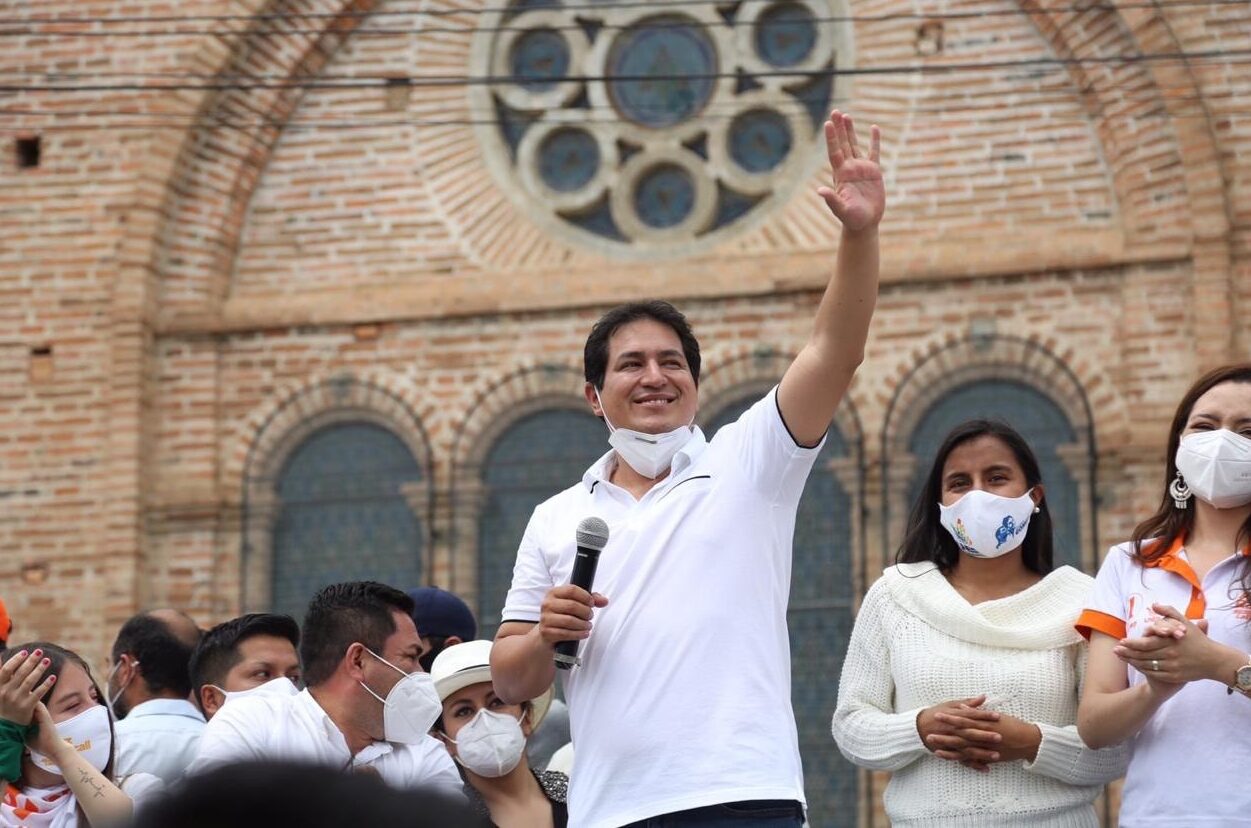Judi Lynn
Judi Lynn's JournalUncovering The Vibrant City Life Of Ancient Cahokia
From towering earthen pyramids to bustling ceremonial centers, this forgotten Native American city was once the largest urban center in North America.
by Annalee Newitz, on February 4, 2021
The following is an excerpt from Four Lost Cities: A Secret History of the Urban Age by Annalee Newitz.
Joining The Movement
By the reckoning of the Roman calendar, people started erecting Cahokia’s first monuments in the late 900s. At the time, European civilization was mired in the superstitions and brutal monarchies of the Middle Ages. But in North America, there was no entrenched medieval aristocracy, nor ancient Latin texts hinting at a lost great civilization. Instead, there were powerful but ever-changing social movements that temporarily united tribes and nations, and whose closest modern analogues might be political revolutions or religious revivals. And these unfolded against a backdrop of living urban history in the Americas, embodied in massive earthworks and stone monuments, whose origins went back thousands of years.
Based on what we know from indigenous oral histories and observations by Europeans in the 18th and 19th centuries, it’s likely that Cahokia was founded by leaders—or maybe one charismatic leader—who promised a spiritual and cultural rebirth. Some call Cahokia a city built on religion, but its origins were more complicated than that. Perhaps the best way to put it would be to say the city was spawned by a social movement that swept across the US south and Midwest, along the shores of the Mississippi River.
The Cahokians left no writing behind, so we can’t say for sure what this movement was. But it was inspired by the founders’ knowledge of North American history. Mound cities are an ancient tradition in this part of the continent, going back millennia before Cahokia. North America’s first known earthworks are in Louisiana. The oldest, called Watson Brake, dates back 5,500 years—centuries before the first Egyptian pyramids were built. Another is at Poverty Point, built 3,400 years ago near the Mississippi in northern Louisiana. Today you can still see Poverty Point’s crescent-shaped mounds towering like huge nested parentheses on a bluff overlooking a now-dry riverbed. A thousand years after Poverty Point was abandoned, people from the Hopewell culture built even more astounding mound cities in Ohio and throughout the northeast. The Cahokians would have known about these mounds from ancestral histories—and could have seen them along the Mississippi—but they might also have been influenced by contemporary pyramids in the Mayan and Toltec metropolises farther south.
The builders of Cahokia probably intended to build a city in the image of these previous civilizations. They also built it extremely fast, as if spurred on by enthusiastic belief. University of Illinois at Urbana-Champaign archaeologist Tim Pauketat has studied Cahokia for most of his career. He says that its mounds appear so abruptly in the archaeological record that it’s as if they were built directly on top of a constellation of small towns that belonged to people known today as the Eastern Woodlands tribes. As the city grew, so too did its farms, and the cultivated fields spread outward from Cahokia into the Illinois uplands. We find traces of Mississippian culture all along the river, where towns and small cities built mounds and shared some of the rituals of Cahokia. It’s likely the city was something like Angkor, whose architectural styles and bureaucratic influence at some points reached thousands of kilometers beyond the city itself.
Cahokia was like Angkor in other ways, too. It had the urban design of a tropical city, with big stretches of farmland between neighborhoods, and earthen mounds that became city centers. Early residents of Cahokia spread to both sides of the Mississippi, reshaping the land with crops and earthworks. The city footprint was enormous, and archaeologists sometimes say the metropolis had “precincts”: the densely populated center around Monks Mound, as well as another center identified in East St. Louis, yet another where the city of St. Louis stands today. It’s likely these weren’t separate cities; they were more like downtown neighborhoods separated by farms.
More:
https://www.sciencefriday.com/articles/cahokia-native-american-city/
Socialism on the cards in Ecuador
LEE BROWN looks at how, despite widespread political persecution in recent years, Ecuador’s left looks set to win the presidency

THE PEOPLE ARE ON THE MOVE: Supporters of Andres Arauz, presidential candidate for the alliance "United for hope" dance during a rally in Quito, Ecuador last Tuesday
A 35-YEAR-OLD left-wing economist, Andres Arauz, looks set to become the next president of Ecuador in elections this Sunday.
This would be the latest comeback fres Arauzor the socialist left in Latin America. But only if the elections are allowed to go ahead.
No region has had such an influence on the Western left in recent years as the “pink tide” of progressive Latin American governments elected since the turn of the century.
At a time when many were declaring “the end of history” and the final triumph of the free market, leaders such as Hugo Chavez and Evo Morales showed that not only is there an alternative, but that it had to be based on socialism.
Ecuador under president Rafael Correa was a key part of that wave of left victories and during his decade in office, the nation of just 17 million people punched well above its weight.
Ecuador significantly reduced poverty, nationalised oil resources to fund huge increases in public investment, cancelled foreign debts that had directed huge sums away from public services, made the wealthy pay their taxes, kicked out the region’s largest US military base, gave asylum to Julian Assange and became the headquarters for the Union of South American Nations (Usan/Unasur) that opposed US domination of the region.
. . .
In a sign of just how desperate the Ecuadorian elite is, the authorities have even banned the Arauz campaign from using the images and voice of Correa in campaigning materials in a blatant form of political censorship.
More:
https://morningstaronline.co.uk/article/f/socialism-on-the-cards-in-ecuador

Best wishes to Andres Arauz and Ecuador.
Salvadoran archbishop refuses to open records on El Mozote massacre
Archbishop José Escobar was heavily criticized for blocking access to documents on the 1981 massacre of El Mozote
Rhina Guidos, Catholic News Service
Updated: January 20, 2021 05:04 AM GMT

Salvadoran Archbishop José Escobar Alas of San Salvador. (Photo: wikipedia)
The head of the Archdiocese of San Salvador refused to allow a judge access to church records on one of the largest modern-day massacres in Latin America, saying in a Jan. 17 news conference that he's simply protecting victims.
San Salvador Archbishop José Escobar Alas was heavily criticized for his decision to block access to documents the archdiocese has on the 1981 massacre of El Mozote, where 800 to 1,200 Salvadoran civilians, including many children, were slaughtered by government forces.
"We can't just open the doors to anyone who wants to inspect, to take whatever information they want," the archbishop said.
But the "anyone" who wants to see the church documents is a judge armed with a warrant.
In a long explanation to a journalist's question asking about why he was denying access, the archbishop said he was following a different court order to protect victims.
More:
https://www.ucanews.com/news/salvadoran-archbishop-refuses-to-open-records-on-el-mozote-massacre/91069#
It takes very wierd people to try to whitewash something of this magnitude. Images taken of El Mozote Massacre aftermath, graphic:
https://tinyurl.com/yxrsbf5e

El Mozote Massacre
Wikipedia:
https://en.wikipedia.org/wiki/El_Mozote_massacre
Profile Information
Member since: 2002Number of posts: 160,530